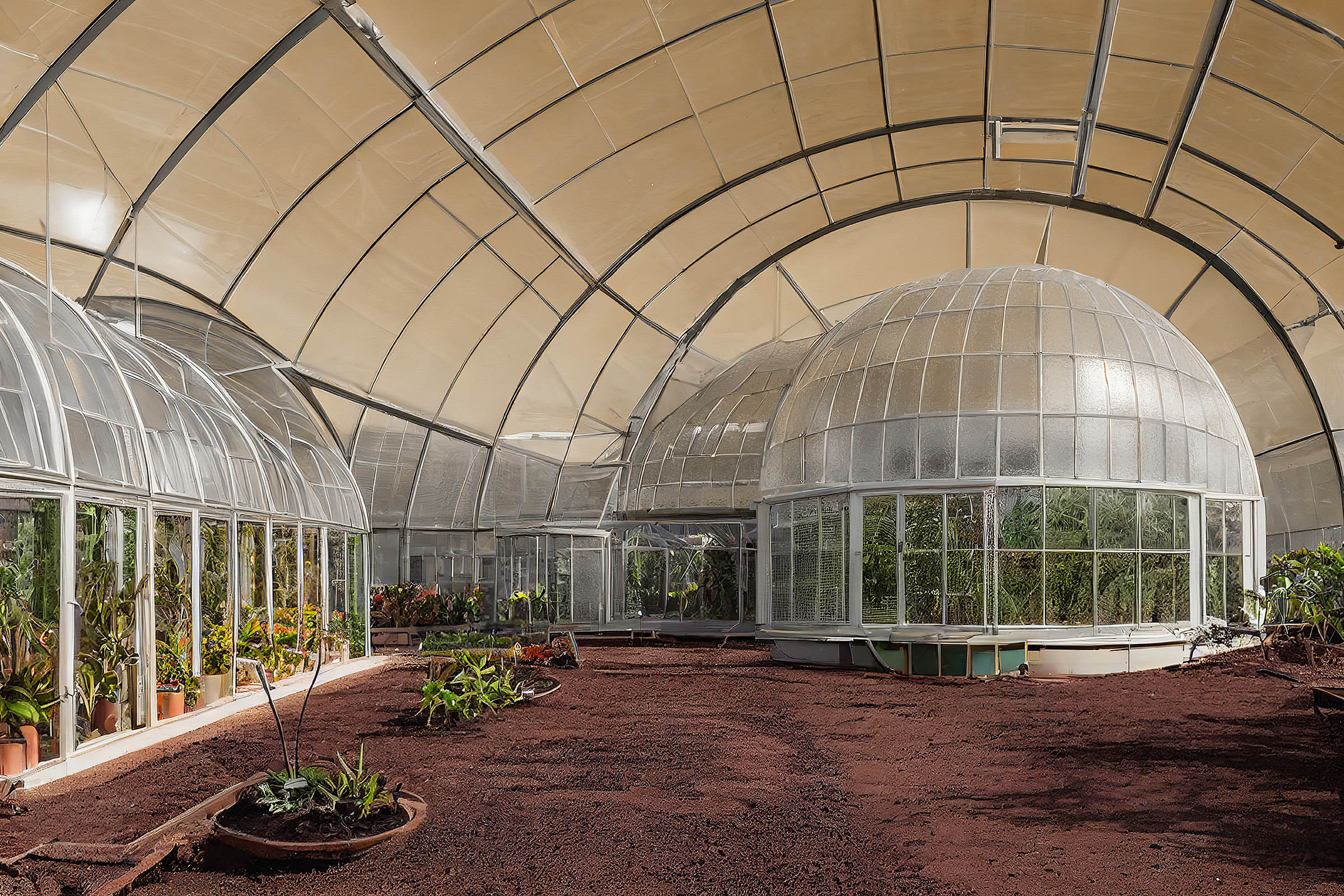Scientists at the University of Manchester in the UK have developed a new potato-based concrete called StarCrete, which they say could be used to build structures on Mars. The new material utilizes a very simple recipe, which the scientists say would be easy to replicate on the surface of the Red Planet. It’s a huge change from previous proposals, which have advised using blood and urine to build on Mars.
But how exactly does a potato-based concrete like StarCrete come to life? According to a paper on the new invention published in the journal Open Engineering, the recipe only requires potato starch, a pinch of salt, and extraterrestrial dust. This allows the concrete to settle into something that the scientists say is actually much stronger than regular concrete.

The idea behind using potato-based concrete like StarCrete comes from starch that was produced as a surplus from food production for astronauts calling the Red Planet home for periods of time. And, because it only requires salt and dust from the planet to complete the recipe, it wouldn’t be overly expensive to move the items needed to the planet for production and building.
Finding a cheaper and more efficient way to build on Mars has been important for several scientists over the past few years, especially with NASA planning a manned mission to Mars within the next 20 years. With something like StarCrete ready to go, it could help expedite how viable a Martian base could become. Of course, other concerns remain to address – like how much bone loss astronauts experience in low to no gravity.
As I noted above, previous work by this same group relied on astronauts’ blood and urine as binding agents. So, using potato starch to create potato-based concrete like StarCrete is much less disgusting. Of course, there’s still some work to prove how scaleable this material is. But it could help answer a very important question of how we will build on other planets in the future.








